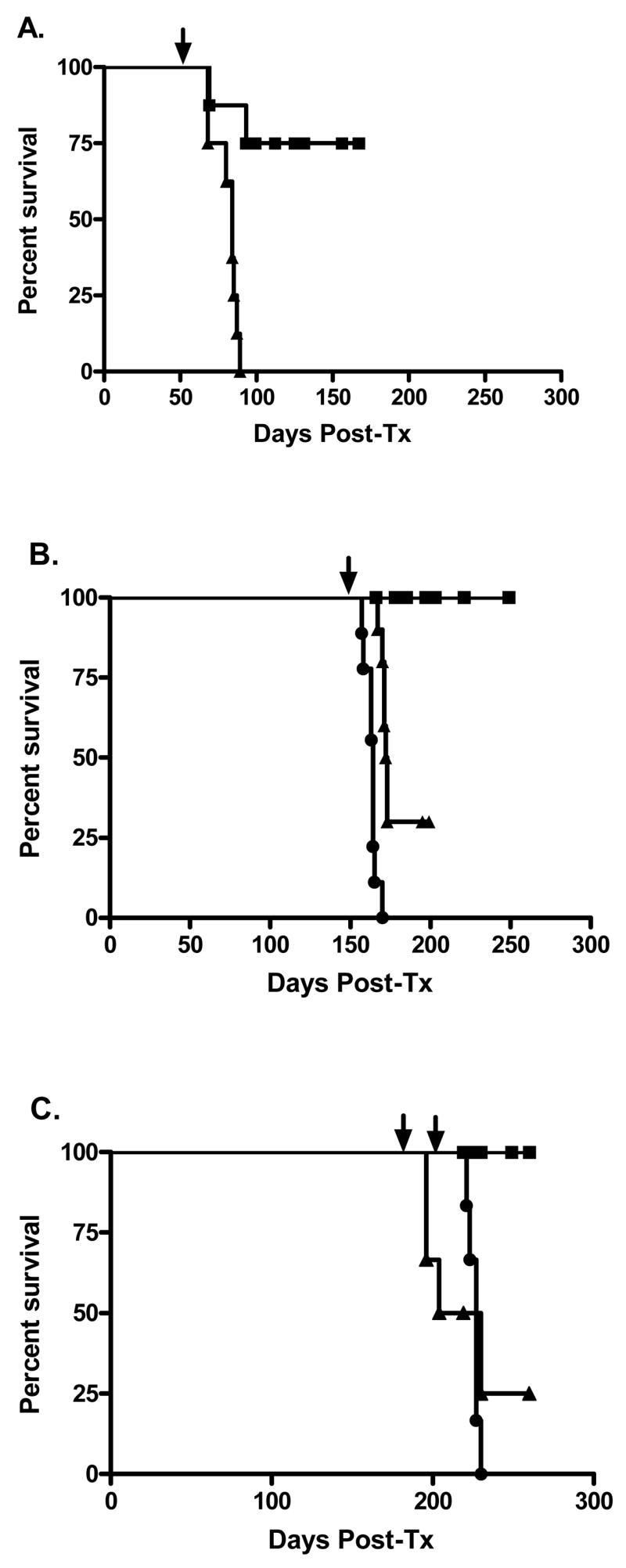Figure 3. Graft survival of renal allograft recipients following skin allograft challenge.

A. When challenged at 60 days post-transplantation, all renal allograft recipients (n=8) rejected donor matched skin grafts (▲) with 25% of recipients rejecting their renal allografts (■). B. When renal allograft acceptors were challenged at 150 days post-transplantation with concomitant donor matched and 3rd party skin allografts, 30% of renal allograft recipients (n=10) accepted donor matched skin grafts (▲) despite all of them rejecting their 3rd party grafts (●) suggesting further progression of donor specific regulation. None of the 150 day skin graft recipients rejected their renal allografts (■). C. When renal allograft acceptors were challenged at 180 days post-transplantation with concomitant donor matched skin allografts, 33% of renal allograft recipients (n=6) accepted donor matched skin grafts (▲) despite all of them rejecting their 3rd party grafts (●) placed 30 days later. None of the 180 day skin graft recipients rejected their renal allografts (■). Renal graft function was assessed by serum creatinine analysis and animal survival. Skin graft survival was assessed by tissue necrosis. Arrows indicate time of skin transplantation.
